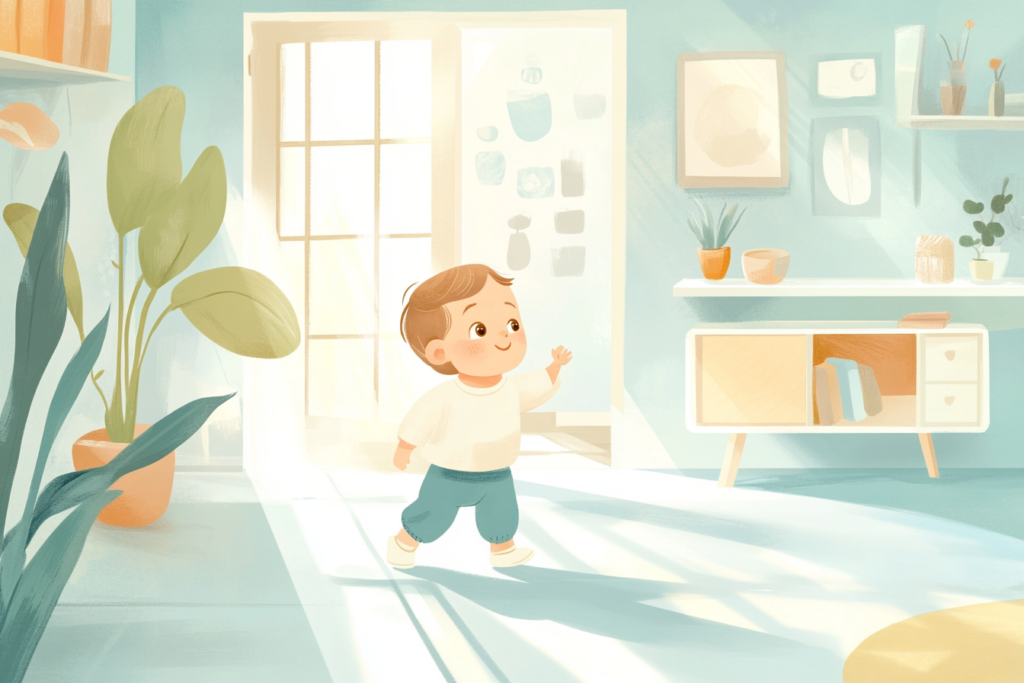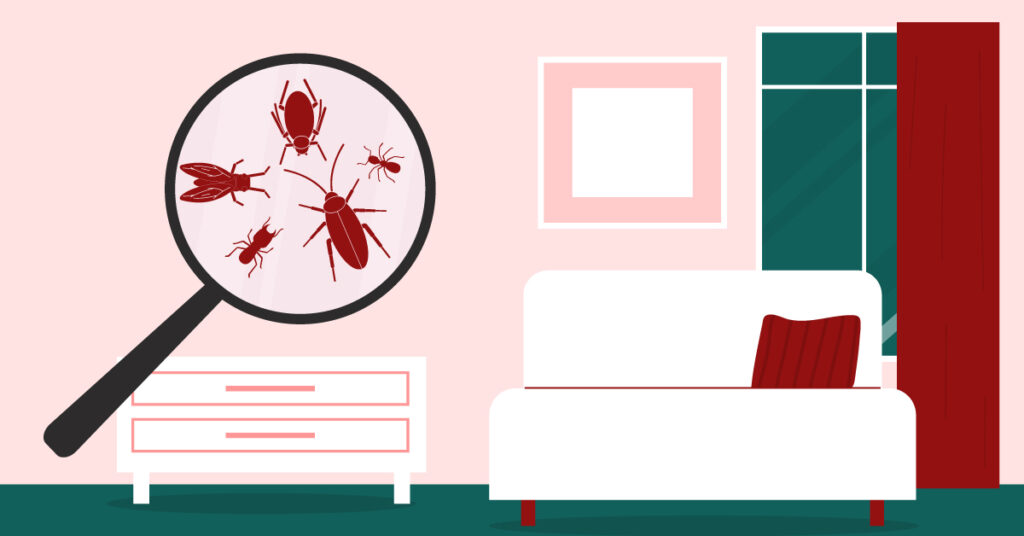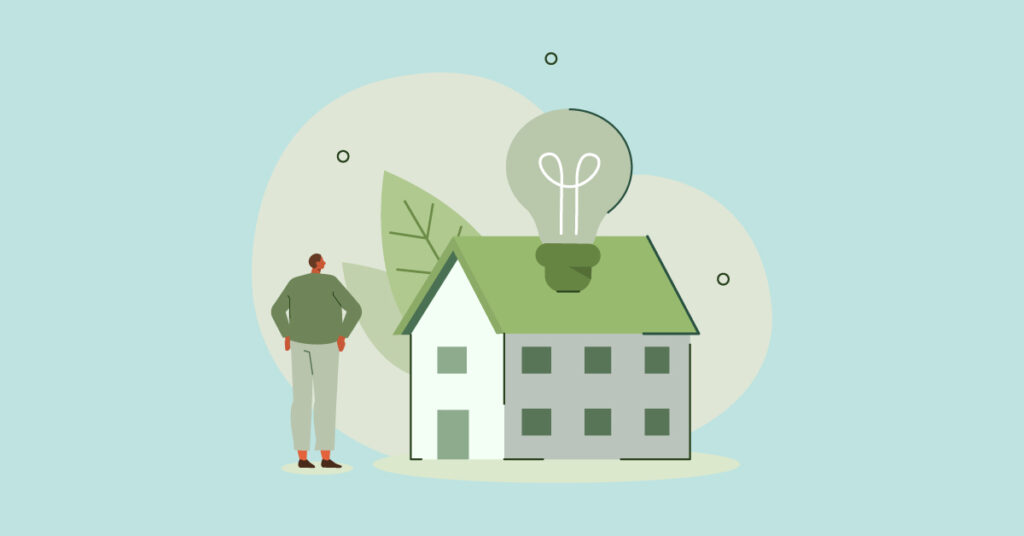No matter what anyone says, you are never really prepared for parenthood. Becoming a parent brings on a range of strong emotions and endless new responsibilities. One of the most crucial tasks is ensuring your home is safe for your child.
Babies and toddlers are naturally curious, and their exploration can lead them into danger. Keep reading as we share how to childproof your home and protect your little one from potential hazards.
1. Secure Furniture and Appliances
Secure any heavy furniture such as bookcases, dressers, and TVs with wall brackets. Children might try to climb these items, causing tipping accidents and major injuries.
- Stabilize Appliances: Install anti-tip brackets on the stove and keep appliance cords out of reach.
Opt for furniture with rounded edges or cover sharp corners with soft guards as well as:
- Protect Fireplaces: Install a safety gate around fireplaces or use heat-resistant glass covers.
- Secure TVs: Anchor televisions to the wall or use anti-tip straps.
- Organize Cords: Bundle and hide electrical cords behind furniture or inside cord concealers.
- Cover Sharp Edges: Add corner guards to coffee tables and other sharp-edged furniture.
2. Protect Electrical Outlets and Cords
Electrical outlets seem to be magnets for young people, especially once they become mobile. Here are a few things you can do to ensure you don’t end up hurting your child or causing a fire or electric shock:
- Cover Outlets: Use outlet covers or sliding outlet plates to prevent children from inserting objects.
- Manage Cords: Bundle and secure cords with cord organizers to keep them out of reach. For added safety, consider using cordless window blinds.
- Use Tamper-Resistant Outlets: If renovating, install tamper-resistant outlets designed to block foreign objects.
3. Babyproof Doors and Windows

Another common area to protect is your doors and windows. They can not only escape through them, but they can also pinch or injure themselves if they are not properly protected.
- Install Door Stops: Prevent pinched fingers by adding door stoppers or pinch guards to commonly used doors.
- Secure Windows: Install window guards or locks to prevent falls. Ensure that window screens cannot be easily pushed out.
- Use Door Knob Covers: Place covers on doors leading to off-limit areas, such as the bathroom or garage.
4. Safeguard the Kitchen
This should be a no-brainer due to the dangerous things in most commonly stock kitchens, but it is important to remember.
Use childproof locks on cabinets storing cleaning supplies, sharp objects, or medications. Prevent accidental burns by covering stove knobs or installing a stove guard once they get a little bit bigger. Make sure your trash is secure, and choose bins with locking lids or place them inside a locked cabinet.
- Keep Small Objects Away: Store magnets, bottle caps, and other choking hazards in a safe location.
5. Focus on the Bathroom
The bathroom is another accident-prone area in the home. In order to protect your child do the following:
- Lock Toilet Lids: Use toilet locks to prevent drowning hazards.
- Adjust Water Temperature: Set your water heater to 120°F (49°C) or lower to reduce the risk of scalding.
- Store Medications Safely: Keep all medications, vitamins, and first aid supplies in a locked cabinet.
- Use Non-Slip Mats: Place non-slip mats in the bathtub and rugs on bathroom floors to prevent falls.
6. Create a Safe Nursery
Your child will likely spend the majority of their time in their nursery, so it is important to protect that area from a very young age.
To prevent entrapment, ensure the crib slats are no more than 2 3/8 inches apart. Avoid cribs with drop-side rails.
Use only a fitted sheet—avoid blankets, pillows, or toys, which can pose suffocation risks.
Like the living room, you will want to secure all furniture, such as dressers and changing tables, to the wall to prevent tipping.
Opt for a video or audio monitor to keep an eye on your baby while they sleep for peace of mind.
7. Prevent Poisoning Risks
It is important to store all chemicals in your home securely, especially for children and curious pets. Keep cleaning products, pesticides, and automotive supplies in locked cabinets.
Use child-resistant packaging, ensure everything is labeled correctly and store medications out of reach.
- Install Carbon Monoxide Detectors: Place detectors near sleeping areas to alert you to dangerous gas levels.
- Know Emergency Numbers: Keep the Poison Control Center number (1-800-222-1222) saved in your phone and displayed in your home.
8. Use Baby Gates Strategically
Install safety gates at both the top and bottom of stairs to prevent falls or other injuries.
- Choose Hardware-Mounted Gates: Hardware-mounted gates provide more stability than pressure-mounted ones for stairs.
- Create Boundaries: Use gates to block access to hazardous areas, such as kitchens or home offices.
9. Stay Mindful of Small Objects
Small objects are extremely dangerous for young children, and they love to put things in their mouths.
Regularly scan floors for small items like coins, buttons, or small toy parts. Ensure all toys are age-appropriate and free of small, detachable pieces. Store toys and small objects in bins with lids to keep them out of reach.
Childproofing is a collective effort. Educating older siblings, grandparents, and caregivers about safety precautions is important. Ensure everyone understands the importance of keeping hazardous items out of reach and maintaining a safe environment.
Creating a safe home doesn’t mean limiting your child’s exploration but securely guiding it. Following these essential childproofing tips can reduce risks and give your child the freedom to grow and discover safely.
You might also be interested in: The Impact of Neighborhood Watch Programs on Home Security: The Top 6 Benefits




